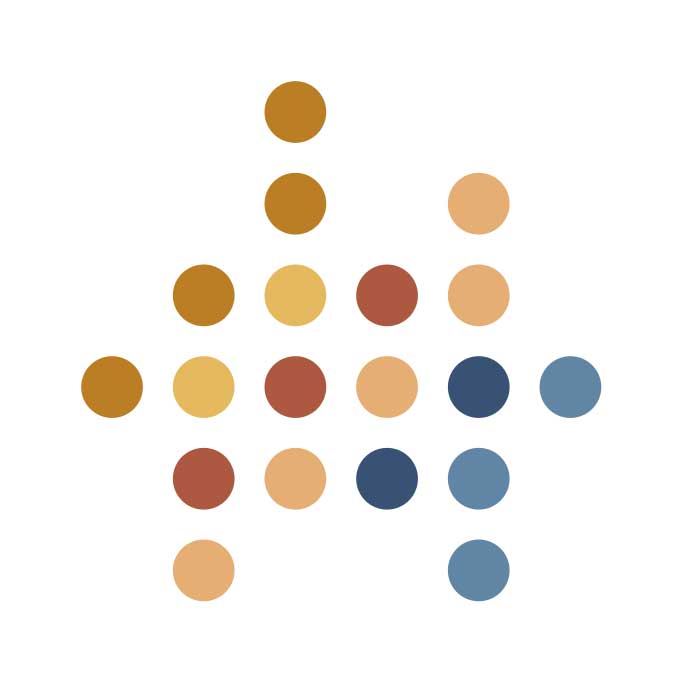Three Ways Bias Can Undermine Objective and Equitable Decision-Making
Unconscious bias refers to mental shortcuts we take based on the patterns and cultural stereotypes we have been exposed to. While mental shortcuts can sometimes help us move through our day-to-day lives more quickly, they can also lead to systematic errors that perpetuate inequity and lead to the mistreatment of people from underrepresented or marginalized backgrounds.
Unconscious bias occurs just about anywhere and at any time, and unfortunately, when it happens at work, they can contribute to the lack of diversity in the workplace. Here are three ways unconscious biases can impact your day-to-day decisions and interactions at work:
Shifting Criteria
Shifting criteria is a phenomenon where we inadvertently use different criteria and apply different levels of scrutiny when evaluating people on similar tasks. For example, during the hiring process or interview process, hiring managers may assign more weight to a specific attribute (such as years of experience in a similar role or educational background) with one candidate, but not hold another candidate to that same standard.
What’s the problem?
Rather than objectively applying a consistent set of standards to our decisions, how we evaluate people changes based on how much they match our perceived patterns of who is successful. Shifting criteria leads us to hold people to different standards and to typically apply greater scrutiny when evaluating people from underrepresented or marginalized groups.
Shifting criteria can also cause us to evaluate people through the lens of stereotypes. For example, researchers have found that, when it comes to performance feedback, women tend to get more feedback focused on personality attributes, while men tend to get more feedback focused on business performance. Ultimately, shifting criteria leads to decisions that are unfair and disadvantage people from certain groups.
Confirmation Bias
Confirmation bias is our tendency to look for, notice, and remember things that confirm our existing beliefs and subconscious attitudes. For example, many people do this with the news they consume. They read articles they already agree with and ignore or discredit those they don’t agree with.
What’s the problem?
Our “existing beliefs” can be based on stereotypes, so confirmation bias can lead us to inadvertently engage in efforts to confirm stereotypical assumptions. For example, in one study, researchers found that when law firm partners reviewed a memo that they believed was written by a Black man, they found more errors and gave the memo a lower rating compared to partners who read the same memo but thought it was written by a white man. In that case, stereotypes were leading partners to apply a greater level of scrutiny to identical work products, depending on who they thought produced them.
There’s another problem with confirmation bias: when it comes to people, we tend to form strong first impressions pretty quickly. In one study, researchers found that we draw conclusions about whether or not someone is competent within about 10 seconds of meeting them. Those impressions are based on limited information and are likely informed by unconscious bias. When confirmation bias kicks in, we’re often so grounded in those first impressions that we pay attention to behavior that supports our initial opinion and ignore information that challenges it.
Similarity Bias
Similarity bias, or affinity bias, is our tendency to favor people who remind us of ourselves. These similarities can be around traits that are obvious or visible, like how we look, where we went to school, or where we grew up. We also tend to pick up on similarities that are a little more subtle, like similar interests, how we dress, or how we communicate.
What’s the problem?
Similarity bias can cause us to give preferential treatment to people with whom we feel we have more in common. It can lead us to view their work more positively, and it can even lead us to be more kind or helpful to those people. As a result, we often tend to invest more time in people with whom we share similarities, undermining our ability to gather diverse perspectives and expose ourselves to the best ideas. For leaders, this can also influence which team member they hire, sponsor, coach, or promote.
Being Aware Before Making Decisions
Conscious and unconscious bias comes into play in a number of ways in the workplace — through hiring, feedback, assigning work, promotions, terminations, or performance reviews. But being 100% unbiased is impossible. Acknowledging this, being aware of where unconscious bias can take place, and learning how to manage unconscious biases can help people make better decisions and lead to more equitable outcomes.
To learn more about the effects of unconscious bias in the workplace and how your organization can manage it, download our whitepaper on Managing Unconscious Bias: Strategies to Manage Bias & Build More Diverse, Inclusive Organizations. You can also take a full course on unconscious bias as part of the free Paradigm Reach trial.
March 7, 2023

 Our website uses cookies to distinguish you from other users of our website. This helps us to provide you with a good experience when you browse our website and also allows us to
improve our site. By continuing to browse our website, you’re agreeing to our use of cookies. For more information, please read our
Our website uses cookies to distinguish you from other users of our website. This helps us to provide you with a good experience when you browse our website and also allows us to
improve our site. By continuing to browse our website, you’re agreeing to our use of cookies. For more information, please read our
